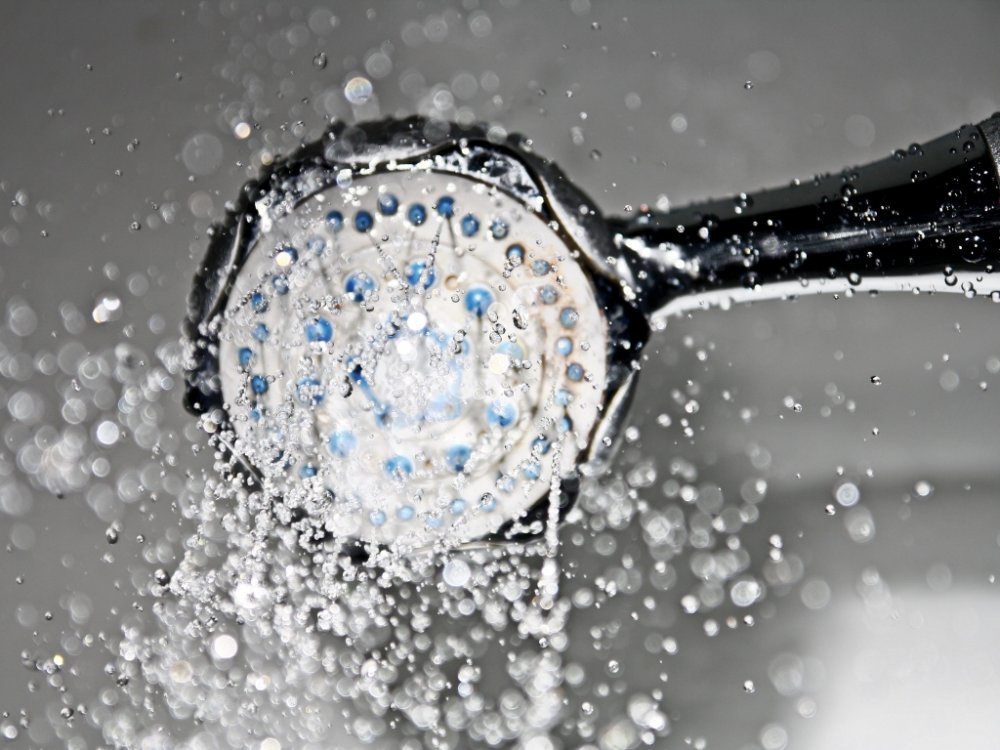Wet rooms are an ideal way to add style and practicality to your home, being a highly fashionable trend as well as being tremendously useful for those with mobility issues. Whatever your reason for opting to install a wet room, here are some tips on how best to do it.

Designing A Wet Room
What is a Wet Room?
A wet room is essentially a waterproofed room that houses a shower head and sometimes an area that can be easily blocked off to form a bath. There is no designated shower cubicle, but rather the entire room is waterproofed and tiled. The advantages of having a wet room are that it makes even the smallest bathroom feel more spacious because all the accoutrements that make a bathroom feel cramped are no longer there: shower cubicle and curtain, bath tub and so on; that they are very much easier for vulnerable, elderly, or disabled people to use; and, finally, transforming an existing bathroom in a wet room or installing one from scratch can add value to your property which can be very useful should you be planning to sell your home at some point in the future.
What are the Advantages of Having a Wet Room?
As mentioned above, wet rooms can add value to a home, and they can make it so much easier for older or mobility-challenged people to perform their ablutions without risking injury or needing extra carers to attend to them while they wash. This gives already vulnerable people a thin veneer of dignity to cling to as they live their best lives. Wet rooms have another advantage, in that they are much easier to clean than regular bathrooms. This is because much of the normal bathroom furniture: tub, shower cubicle, shower curtain, towel rails and medicine cabinet, are not installed. If they are, they tend to be very sleek and streamlined, designed to shrug off any water – and this makes them easy to clean, even without the constant flow of water rinsing off any debris.
How Do I Begin?
Your existing space, whether it was a bathroom or some other room, will need to be tanked. This means lined with a waterproof membrane. This is vital as otherwise the moisture from the shower or bathing facilities will seep into the walls, spreading through the surrounding rooms and causing mould, structure damage and weakness and potentially even causing illness. If you are in any doubt about how to set about the process, visit Harrogate Bathrooms for professional wet rooms consultation, for advice, guidance and expert workmanship.
In fact, it is advisable that such a major project should be overseen by experts: trying a task of this magnitude without serious DIY skills can be a recipe for disaster!
Once you have ensured that the room is fully waterproofed and safe for you to proceed, you can begin the fun part: picking the décor colours and themes, and buying the tiles, vinyl and non-slip matting to kit the wet room out as the bathroom of your dreams.










No Comments